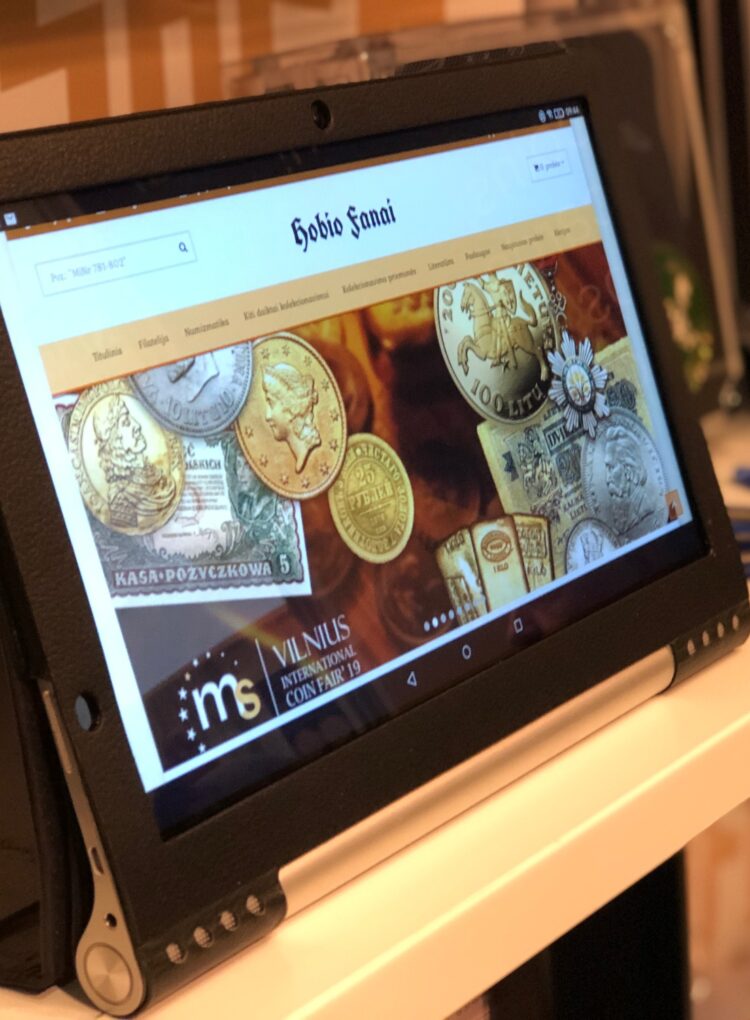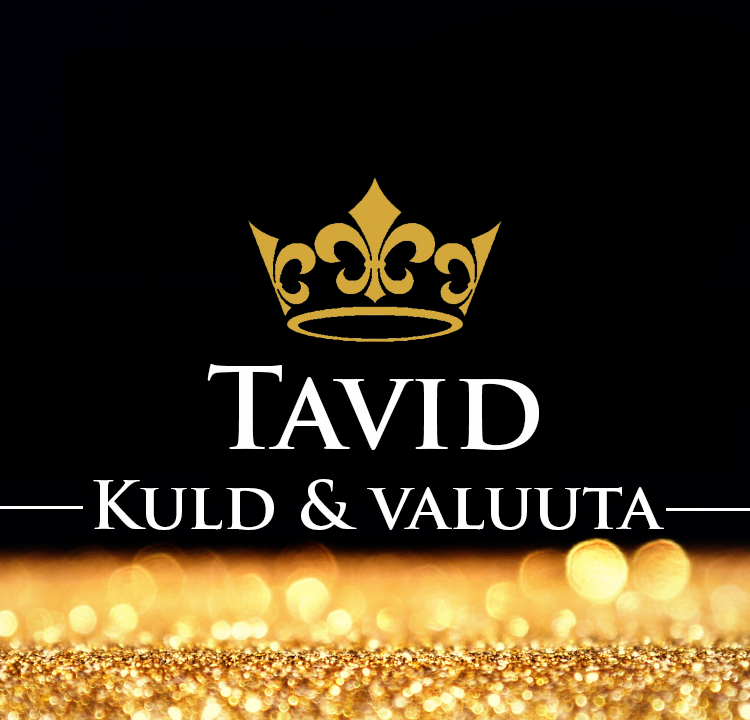Manufacturers and vendors of accessories for coins offer a wide variety of different coin pockets, hence, making a choice can be quite difficult. The main criteria are often the transparency of the material and price, however, it can be deceiving. What is important is the purpose of the coin pocket, since coin pockets that are made of different materials are used for different purposes – for short-term or long-term preservation. On closer examination, it becomes clear that the choices of well-known certification companies or auction houses can not be fully trusted, because for them, on one hand, the price is important, and on the other hand, the coins are stored in selected pockets for a relatively short amount of time. However, if the user wants real archival quality like pockets that are used by museums, the user has to accept a higher price or compromise in transparency. The overview below gives the user an idea of the materials used in coin pockets, as well as the products offered by SAFE in these categories.
Polyvinyl chloride (PVC), is a plasticized material that can be flexible and soft, as well as rigid. A plasticizer is used in plastic materials to increase plasticity or elasticity during the production and use of the material; such a plasticizer is also called a softener. It is probably a more common and well-known material for coin pockets, which is cheap and bright, but not suitable for storing coins. Its softness is caused by oils and other additives that the material contains. The chemicals and the hydrogen chloride gas released from the vinyl cause the coins to rust, producing a sticky green substance that makes the surface of the coin cloudy and causes microscopic etching.
Summary:
⦁ suitable for short-term storage
⦁ not archival quality
⦁ SAFE does not offer PVC coin pockets
Unplasticized material (UNPVC), is a material that does not have oils, additives, or plasticizers which are dangerous for coins, they are removed during processing. The pockets are therefore more fragile, but safer for coins. To prevent brittleness, the material still contains a very small % of additives. Although present, the amount is so small that it takes a very long time to see any (if any) dimming of the coins. UNPVC is a long-term archiving solution accepted by many and the coin pockets are widely used, especially by certification companies, as the time required to transport coins is not long enough for the additives to have any effect on the coins. Many collectors use UNPVC coin pockets for long-term preservation, but PET and/or PP materials (see below) are still safer for this purpose.
Summary:
⦁ for sending coins to be certified to accepted certification companies such as NGC
⦁ a bright and rigid material
⦁ not archival quality
⦁ SAFE offers Guardhouse™ 50×50 and 65×65 coin pockets
Polyethylene terephthalate (PET), is a pure material that does not contain plasticizers nor any other additives dangerous to coins. This material is so clean that it can not be thermally sealed – the seams are made sonically, with the help of vibrations. PET is a material known for its brightness and transparency.
Many collectors are also familiar with SAFLIP coin pockets made of pure MYLAR® polyester film, which are considered the best in the world. MYLAR® is actually the name of a popular polyethylene terephthalate film from DuPont Teijin Films™. It has been a prominent film in a variety of applications due to its balanced tensile properties, good adhesion, excellent moisture, chemical resistance, and good transparency. The main difference between PET and MYLAR® pockets is that, according to the manufacturer, MYLAR® pockets can be welded shut to make them more foldable and airtight.
Summary:
⦁ higher price
⦁ good transparency
⦁ archival quality
⦁ SAFE offers SAFLIP double pockets and Guardhouse™ Coretek 50×50 and 65×65 coin pockets
Polypropylene (PP), is also a clean material that does not contain additives that could have a harmful effect on the coin. The popularity of PP is growing because it is a soft material and convenient to use, plus the safety of long-term preservation. The only downside to PP is the transparency, which is not as clear as, for example, the PET variant.
Summary:
⦁ cheap price
⦁ soft and flexible
⦁ is not so bright
⦁ archival quality
⦁ SAFE offers SAFE double pockets






















